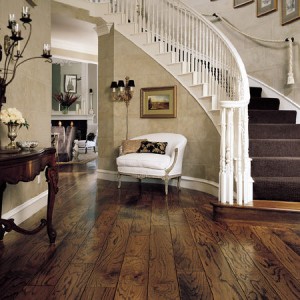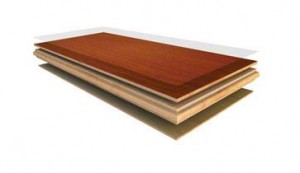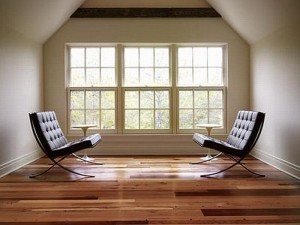We use cookies to make your experience better. To comply with the EU GDPR e-Privacy directive, we need to ask for your consent to set cookies. Learn more.
Why Invest on Engineered Wood Flooring?
 Image courtesy by: stagetecture.com
Image courtesy by: stagetecture.com
Engineered wood flooring is the most popular type of wood flooring used by home-owners all over the world today. Many people tend to confuse it with laminate flooring, but in fact it is totally different.
In laminate floors, a printed image of wood is used on its surface to give its final appearance. Engineered wood flooring on the other side is made out of real wood, and its appearance gives the feel and impression that is a solid hardwood floor, only coming in a better price and is easier to install.
What is engineered wood flooring made of?
 Image courtesy by: shawfloors.com
Image courtesy by: shawfloors.com
Engineered wood flooring consists of multiple ply layers (3-12) all glued and heat pressed together, with a hardwood veneer layer bonded on the top surface of the core part, to form a plank. The inner core part is made of hardwood or soft ply wood type of material, which makes the use of a tongue and groove jointing system ideal. These layers run in opposite directions, in order to provide extra strength and greater stability than solid wood floors, making it impossible for the wood to swell or shrink, caused by humidity.
The top thicker layer, the lamella as it is called, is made from solid wood and is available in different thicknesses that range from 2 to 6 mm depending on the price and type of wood you purchase. The thicker lamella is the more times it can be refinished and sanded. Additionally, it comes in a wide variety of wood species, colours, widths of plank and finishes to suit any home and style. Some of the wood species you can choose are oak, bamboo, hickory and maple.
The lamella is what you see once the floor is installed and the core part is what makes the floorboard strong and stable. Guarantees for this type of wood floor vary from ten to thirty years approximately.
What are the benefits of engineered wood flooring?
 Image courtesy by: vissbiz.com
Image courtesy by: vissbiz.com
Despite the fact that engineered wood flooring is available in a huge variety of wood species there are numerous other reasons why it is worth purchasing for your home:
- It is easy to maintain and it can be installed over most of the types of existing floors like concrete or fiberboard.
- Engineered wood flooring can be installed in almost every room of the house, even in basements, conservatories, kitchens and bathrooms, as it is moisture resistant. It is not recommended for outside areas though.
- It is suitable for those who want to fit under floor heating.
- It is available in longer and wider floorboards compare to solid hardwood floors where there is a limited plank width to choose.
- Another main benefit of engineered wood flooring is that you can order it pre-finished, which implies that installation, is easier, faster and often more cost-effective compared to solid wood floors. You can simply walk on it once installed, without waiting for a day or more for the floor to dry. For those wishing to have the control of the final finish, engineered wood flooring can be also purchased unfinished.
- Depending on how thick the boards are, an engineered wood floor can be installed with three different techniques. The most common is the floating method, but glue-down and nail-down techniques can be also used when needed. With floating method, repair and replacement of planks is easier but a quality underlay is necessary.
- This type of floor is suitable for people who have asthma or dust allergies, and is considered to be environmental friendly as it is manufactured using ethical forestry practices and is highly recommended for DIY project.
Engineered wood flooring is probably the best investment for those having any children or pets, but not only. Having the look of a solid hardwood floor and its ability of being installed in areas with high humidity and temperature fluctuations, you can understand why engineered wood flooring is the most popular type of wood flooring today.

